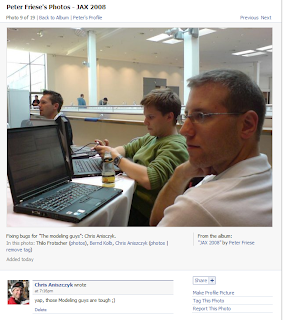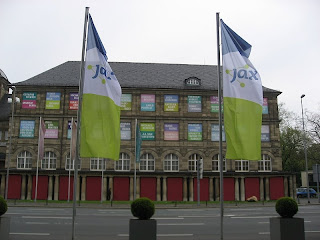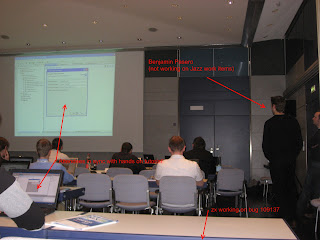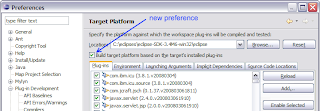I have to admit it, I love interviewing potential interns almost as much as I love plug-ins and double chocolate-chip macadamia nut cookies.
I enjoy hiring interns for two main reasons:
- Mentoring is incredibly enjoyable for me, especially with students
- I get to have a field day searching for stuff on Google, Facebook, Myspace.
Why am I bringing this up… well, I came across this article today on teachers and how the transparency of the internet is making things problematic. In the case of my lucky interns, it makes for a sometimes comical interview process. I’m usually suspicious of the candidate if I can’t find anything via a google search or some other mechanisms. Sure, I search avenues like CIA.vc, Ohloh and SF.net for more important information, but what’s the point to life without a little comedy :)?
The point I’m trying to make is that the internet is changing the way the workforce operates. It is making the activities of people transparent in ways never imagined. It’s almost like having a little camera follow you around. For example, I just noticed Peter Friese ‘tag’ me in a photo trying to save the Modeling community with bug 109137:
Sure, there’s nothing wrong with this photo, it’s legit, it proves that I was working at Eclipse Forum Europe instead of drinking German beer!
In the end, transparency is here to stay, whether you want it or not. The question is how we deal with it and how it will change the workforce? How have your companies or projects adapted to this new world? How have YOU adapted to this new world? Are you avoiding social sites and pro-actively trying not to be indexed by the internet? Do you plan to name your kid ‘Mike Smith’ (a common American name) and hope it’s impossible to find relevant information? Are you becoming a Luddite :)?
Thoughts? I’m just curious how people are living with this new reality.


















